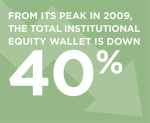Insight Investment Named 2017 Greenwich Quality Leader in U.K. Investment Management Service
August 7, 2017
Insight Investment is the 2017 Greenwich Quality Leader in U.K. Investment Management Service. Insight Investment received market-leading rankings on multiple key service success factors and is the clear overall market leader.






